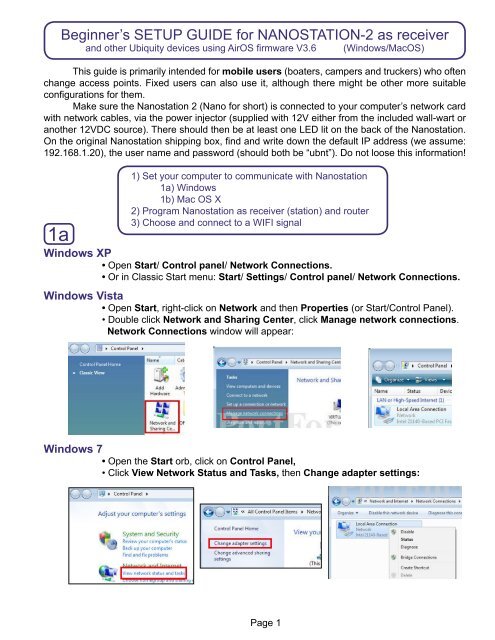

- #Program that manages wireless networks for mac os x how to#
- #Program that manages wireless networks for mac os x mac os x#
- #Program that manages wireless networks for mac os x password#
Sarah Edwards is a Mac digital forensic analyst who is quite savvy, you could try sending her an email or contacting her on Twitter to see if she has any advice for tracking down some of the data you need.If you’re like most Mac users, you probably can’t imagine using your computer without WiFi access. Depending on your situation it may be worth talking to an expert on the topic. You’re basically seeking some digital forensic footprint of network connection history, but I’m not sure if what you’re looking for will be on your local Mac. Sudo ls -l /private/var/db/dhcpclient/leases/ – Console app, which has a search function (could try searching for mDNS, airport, etc, but typically these logs are short lived andĪnd this may show some DHCP lease history with a date, but it seems version dependent: So if you have Computer 1, this will show you Computer 1 wi-fi history, but it would not show you the details of another separate computer connecting to the same wi-fi network.įor your own Mac (or any other Mac you have access to), you MIGHT be able to track down old connection data either through Time Machine backups or maybe some system logs if they have not rotated much. The approach here only shows the wi-fi connection history of the Mac the command is being executed on.

I’m not sure what you mean by filesharing case, but it sounds like you need the router logs instead if you want to have a record of computers that connected to a particular wi-fi network.

You can use whichever is most relevant to your needs.ĭo you know of another way to track wi-fi connection history on a Mac? Let us know in the comments! Regular readers here may recall that we have shown a few ways to find which wi-fi networks a Mac has connected to before, but those methods in comparison provide notably less information, certainly compared to the extensive details offered here. If you use that command, a file named ‘connectionlist.txt’ will appear on the current users OS X desktop with the pertinent information. Keep in mind if you run this command on a Mac that has joined many wireless routers, you’ll find a very lengthy list returned, which may be better read if redirected into a text file by appending “> ~/Desktop/connectionlist.txt” to the end of the syntax like so:ĭefaults read /Library/Preferences/SystemConfiguration/ |grep LastConnected -A 7 > ~/Desktop/connectionlist.txt $ defaults read /Library/Preferences/SystemConfiguration/ |grep LastConnected -A 7 Here’s an example of output supplied by this command string, showing three connected networks. Hit return and you’ll instantly see the comprehensive listing of wireless network connection details.
#Program that manages wireless networks for mac os x mac os x#
Launch the Terminal application, located in /Applications/Utilities/ (or with Spotlight and Command+Spacebar) and enter the following command string into a single line:įor modern versions of Mac OS and Mac OS X, including MacOS High Sierra, Sierra, El capitan, OS X Yosemite, and newer, use the following:ĭefaults read /Library/Preferences/SystemConfiguration/ |grep LastConnected -A 7įor earlier versions of Mac OS X including Mavericks and prior releases, you can use the following command to clean up the output and match that which is available in modern releases:ĭefaults read /Library/Preferences/SystemConfiguration/| sed 's|\./|`pwd`/|g' | sed 's|.plist||g'|grep 'LastConnected' -A 7
#Program that manages wireless networks for mac os x how to#
How to See Wi-Fi Network Connection History on a Mac
#Program that manages wireless networks for mac os x password#
You’ll find the data useful for something as simple as recovering a forgotten a wi-fi network password from a router which you can’t quite remember the name of, to network troubleshooting and diagnostics, or even for data analysis and forensic purposes. Nonetheless, the retrieved information can be helpful for a wide variety of purposes. This will use the command line of Mac OS X, which is obviously a bit more advanced and perhaps not applicable to average Mac users. We’ll demonstrate how to uncover a comprehensive listing of specifics about previously joined wi-fi networks on a Mac, which will include the last connection date and time (to the second!), if the network is hidden or not, the network SSID number, the networks SSID broadcast name, and the security type of each wifi network.


 0 kommentar(er)
0 kommentar(er)
